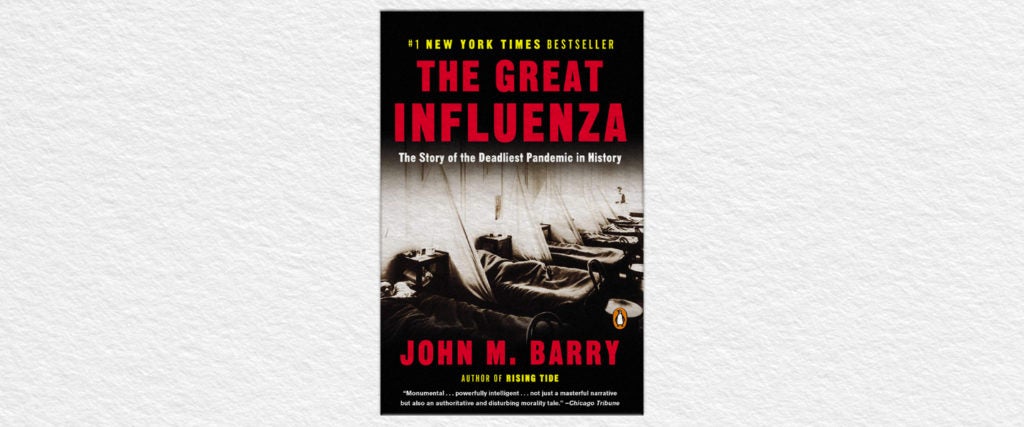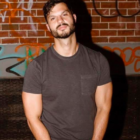In his pre-pandemic life (colloquially known as the “before times”), MJ Franklin, an assistant editor at the New York Times Book Review, would read during what he dubs “stolen moments, like on the subway or right before bed.” But during a year in which its only synonym can be “upheaval,” reading, like much of our lives, has been thrown into a tailspin. “Now, I’m definitely more intentional,” Franklin says. “With more time, you can spend one whole Saturday dedicated to a specific book. Reading and re-reading has been my saving grace of 2020.”
He’s not alone. Despite the fact that the current location of the American economy is in the toilet and millions are either out of work or in employment limbo, book sales, such a typically anemic business that the idea of its market weakness has become something of a cliché, are up across the board. For the majority of 2020, numbers industry wide rose 6.4 percent compared to last year, and even higher in some specific genres (e.g., a 29.1 percent bump in juvenile fiction). It’s a stunning increase, especially considering that many stores nationwide were shuttered for the majority of the year.
But beyond the droll stats, both how we’ve read and what we’ve read are two important and unique facets of a larger story. As the months have unfolded and the world convulsed, bestseller lists have served as a mirror to our changing times and show a stark evolution in our collective consciousness. At the California-based Diesel, A Bookstore, an independent shop with locations in Oakland, Santa Monica and a recently-opened outpost in northern San Diego, co-owner John Evans has had a front-row seat to a nation thrown into turmoil, strikingly told through the lens of books and the people who read them.
“There were a couple of big shifts,” says Evans of the trends and titles of the year. Aside from the ubiquity of old and new that helped explain what was happening (see: John M. Barry’s The Great Influenza: The Story of the Deadliest Pandemic in History, originally published in 2004), Evans notes that at Diesel, during the dawning coronavirus and the earliest days of hunkering down, attention was largely focused on books that could be assigned as part of a high school syllabus. “There were quite a few people in March, April and May who were reading the classics,” he explains. “That surprised me a bit, but it made sense. People are stuck at home and always wanted to read War and Peace, for example.”
Over at the quirky independent bookstore Northshire, which has locations in Manchester, New Hampshire, and Saratoga Springs, New York, owner Chris Morrow saw a similar shift in those early days. “In the beginning of COVID times, the rush was on for kid’s books and books focusing on things to do at home, whether cookbooks, crafts or woodworking,” says Morrow. Basically, titles with an angle toward our endless, cabin-fever-induced boredom.
The next shift occurred in late May, when the nation was rocked by the murder of George Floyd and reeling from nationwide protests. “Everything switched over to titles like Ibram X. Kendi’s How to Be Antiracist, Robin DiAngelo’s White Fragility and James Baldwin,” Evans points out. “[People were hungry for] anything about how we deal with race in America. And they still are.” And as summer turned to fall and the race for the White House dominated the airwaves, books focusing on President Trump took center stage, whether exposes (Mary Trump’s Too Much and Never Enough: How My Family Created the World’s Most Dangerous Man and Bob Woodward’s Rage) or titles on both sides of the aisle (Brian Stelter’s Fox News tome Hoax to Sean Hannity’s Live Free or Die). “The fall was full of political books. Thankfully, that phase is over,” says Morrow. “Now people are mostly into good fiction and the Obama biography A Promised Land.”
“A lot of books also cropped up in reflection of some of the deaths we’ve experienced this year,” says Franklin. To his point, the previous 12 months included monumental losses, ranging from Kobe Bryant (his 2018 book The Mamba Mentality reemerged on the bestseller list following his January death), to John Lewis (Jon Meacham’s His Truth is Marching On), to Ruth Bader Ginsburg (her 2016 collection of writing My Own Words). “You can really see the state of the country through the bestsellers list.”
Moreover, in a year where nothing was certain, reading offered the attribute that’s been its calling card for centuries — escapism. Evans, for example, got lost in Say Nothing, a true murder mystery set in Ireland. “The thing about working at a bookstore is that you’re dealing with 10,000 or 12,000 titles and reading is kind of a private matter, so people tend to read eccentrically,” he explains, an allusion to the fact that the bestseller list doesn’t always show the whole picture. “Poetry has sold better in general and that’s a trend that’s been going on for awhile. It seems more people are turning to it, maybe because they’re in need of balance during a crisis. Or since they’re not around the people they’re closest to, they’re going for that personal connection.”
It’s a sentiment Franklin echoes. Along with reading for his job (he joined the ranks of the Times in June after a stint at Mashable), he’s found solace in a solitary year by diving headfirst into stories that would transport him from his Brooklyn apartment to wherever his heart desired. “For me, it’s been the year of the novel as I’ve found myself sinking into so many great ones,” he says. “At one point during the summer, I missed going outside, so I read this YA novel Camp about being at a gay summer camp,” Franklin notes of the L.C. Rosen tale of a 16-year-old’s adventures at a camp for queer teens.
And when he was in need of comfort, he had Cheryl Strayed’s Tiny Beautiful Things at the ready, likening it to a soothing balm. “It’s really been a year where everybody needed healing and a knowledge that it was all going to be okay,” Franklin tells me. “So that book has been on my bedside all of 2020, and I’m constantly picking it up and reading an essay or two. There’s so much grace in those pages in a time when everything feels relentless. I also have some of the essays saved on my phone.”
His 2020 reading experience also manifested itself in his need for what he calls being “max cozy.” “I’ll have a blanket, put on a yulelog video in the background, pour a coffee or tea — or a whiskey if it’s in the evening — and settle in and read,” he says. “‘Max cozy’ is really how I’m trying to live.”
But while some turned to reading because of the relentlessness of the year, others had a different way of coping. Morrow, for example, notes that he simply was unable to bury himself in the pages of a book as a business owner trying to stay afloat during uncertain times. “The stress blocked my reading for six or eight weeks,” he says, reflecting upon the earliest days of the pandemic. “I’ve worked harder this year than ever, and I didn’t stay home at all.”
Over on the opposite coast in California, Evans and Diesel initially noticed a similar phenomena with their customer base. “Right after everything hit, we were down 70 to 80 percent,” he says. “People were so knocked off their norm at first that they had to reorient themselves. It was like when people began going online; you lost them for like three to six months. But then they incorporate books back into their lives and find a balance.”
And in a year of such incredible strife, what more could you ask for than the steadying force of a good book?

